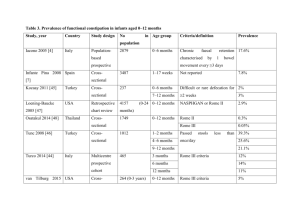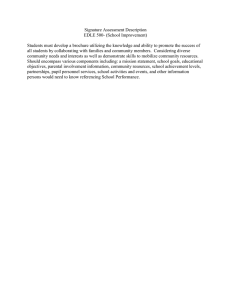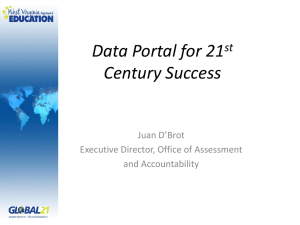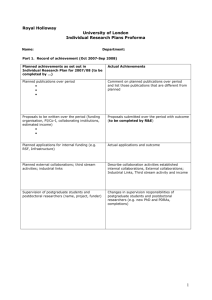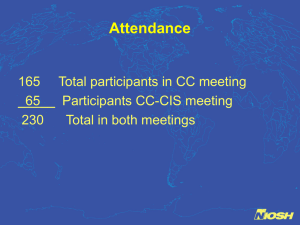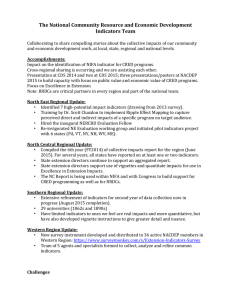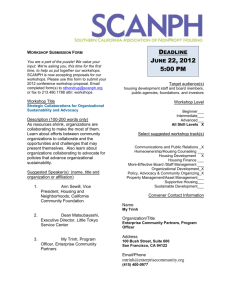國際安全社區7項發展準則
advertisement
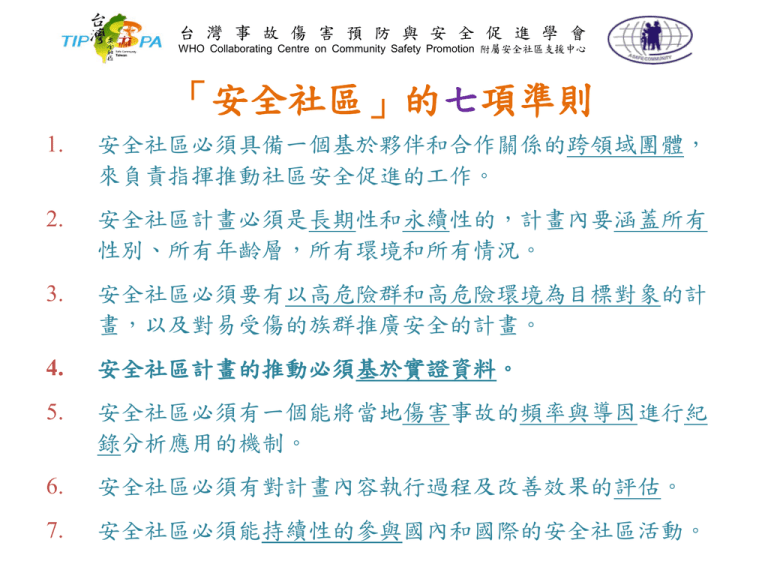
台 灣 事 故 傷 害 預 防 與 安 全 促 進 學 會 WHO Collaborating Centre on Community Safety Promotion 附屬安全社區支援中心 「安全社區」的七項準則 1. 安全社區必須具備一個基於夥伴和合作關係的跨領域團體, 來負責指揮推動社區安全促進的工作。 2. 安全社區計畫必須是長期性和永續性的,計畫內要涵蓋所有 性別、所有年齡層,所有環境和所有情況。 3. 安全社區必須要有以高危險群和高危險環境為目標對象的計 畫,以及對易受傷的族群推廣安全的計畫。 4. 安全社區計畫的推動必須基於實證資料。 5. 安全社區必須有一個能將當地傷害事故的頻率與導因進行紀 錄分析應用的機制。 6. 安全社區必須有對計畫內容執行過程及改善效果的評估。 7. 安全社區必須能持續性的參與國內和國際的安全社區活動。 台 灣 事 故 傷 害 預 防 與 安 全 促 進 學 會 WHO Collaborating Centre on Community Safety Promotion 附屬安全社區支援中心 Indicators for a “Safe Community” WHO CCCSP has formulated seven international indicators that must be fulfilled by the community in order to be designated as an ISC: Safe Communities have 1. an infrastructure based on partnership and collaborations, governed by a cross- sectional group that is responsible for safety promotion in their community; 2. long-term, sustainable programs covering genders and all ages, environments, and situations; 3. programs that target high-risk groups and environments, and programs that promote safety for vulnerable groups; 4. programs that are based on all available evidence: 5. programs that document the frequency and causes of injuries; 6. evaluation measures to assess their programs, processes and the effects of change; 7. ongoing participation in national and international Safe Communities networks.


